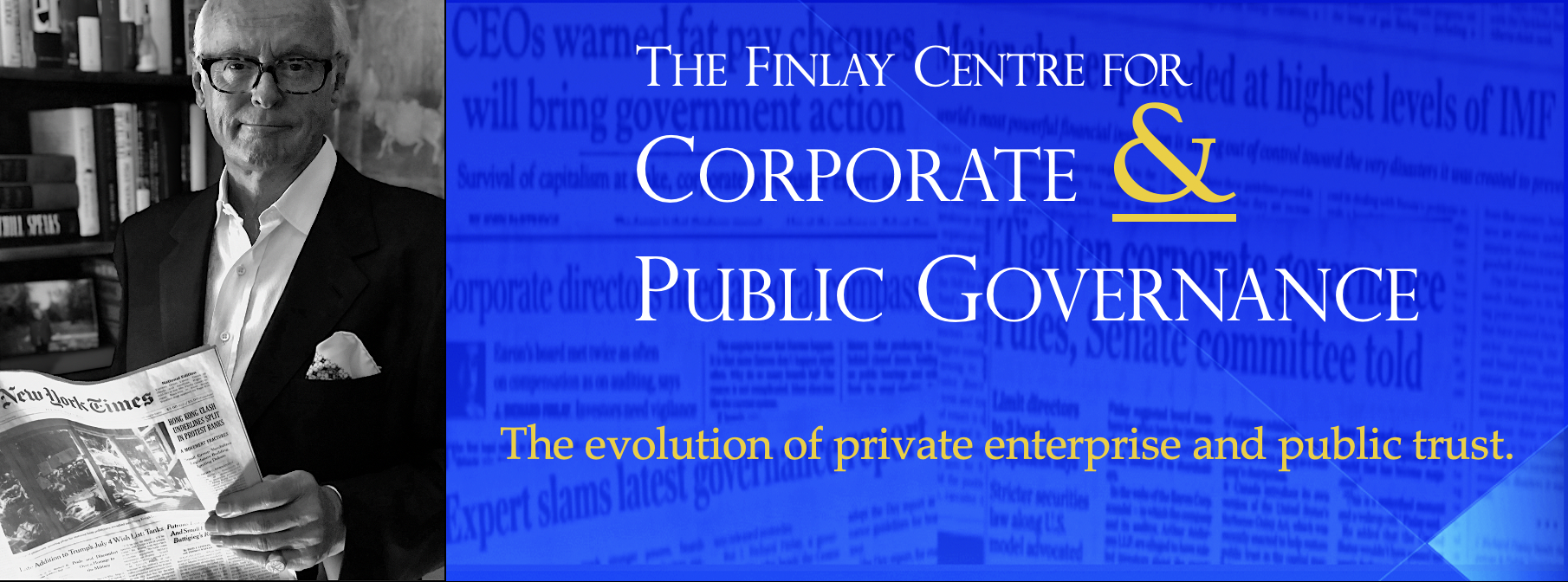Corporate governance at the failed Wall Street giant had all the hallmarks of a disengaged boardroom stacked with cronies and dominated by insiders. Finally, Congress can shed some light on where the board was at Bear Stearns — or if it existed at all.
Former Bear Stearns CEO James Cayne will be making a rare public appearance this week when he testifies before the Financial Crisis Inquiry Commission. Other top executives from the once thriving firm that was a fixture on Wall Street for nearly a century will be giving evidence as well. It will be an ideal opportunity for the Commission to explore the role that questionable corporate governance practices played in Bear Stearns’s failure. We set out our views on that subject in a two-part posting called “Did Bear Stearns Really Have a Board?” in early 2008. They can be viewed here and here. They remain among our most widely-read columns even today. Our comments were quoted in The New York Times reviewed book “Money for Nothing” by John Gillespie and David Zweig.
Corporate governance at Bear Stearns had all the hallmarks of a disengaged boardroom stacked with cronies and dominated by insiders. The most strenuous task of the all-male board seemed to be lifting the rubber stamp embossed with “yes” for gigantic bonuses and anything else management wanted. Only at the very end did the directors even faintly awaken to their duties, after the sudden shock of seeing that no one was at the controls of the engine that was speeding toward catastrophe and realizing that it was too late to retreat to the heavily curtained sleeping car where they long resided.
As we said back in March 2008:
Dig deeper though and you will find a dysfunctional board, overstretched independent directors and an executive chairman whose approach to his duties is novel, to say the least. The first thing that hits you about this Wall Street icon is that it is governed by men. Only men. It was like that at its inception in 1923; it remains a men’s club in 2008. Three of its 12-member board are insiders, as is the executive chairman, James Cayne. (There were actually four insiders until Warren J. Spector, the firm’s president and co-chief operating officer, resigned last fall over the collapse of Bear’s hedge funds.) Best corporate governance practices generally prefer management limited to one or two seats at most. The insider problem in Bear’s boardroom is even more pronounced where all the heavy lifting is done: the company’s executive committee. Composed entirely of the top insiders of the investment bank, company filings confirm that in 2006 (the most recent figures available) the executive committee met on 115 occasions. By contrast, the full board met only six times.
We concluded by suggesting exactly the type of inquiry that is occurring under the Congressional appointed commission headed by Phil Angelides
When such an important financial institution begins to crumble so quickly, leaving the capital markets in turmoil and requiring the intervention of the highest echelons of the federal government, Congress needs to ask some pointed questions. It should start with the Bear Stearns board.
Finally, a window of Congress can shed some light on where the board was at Bear Stearns — or if it existed at all.
